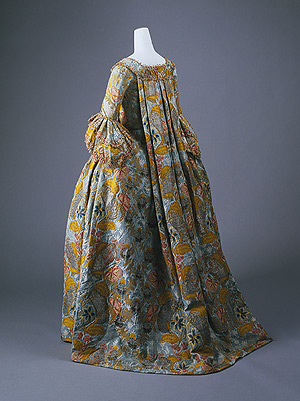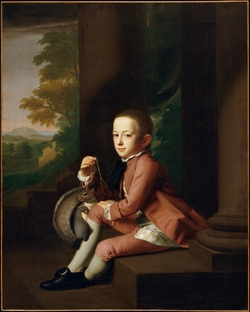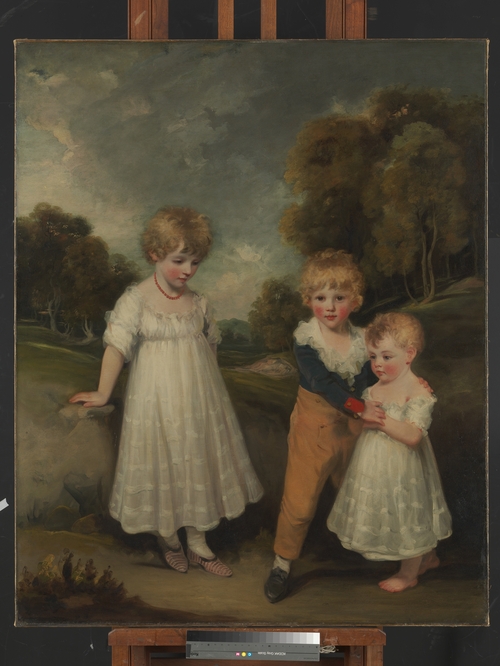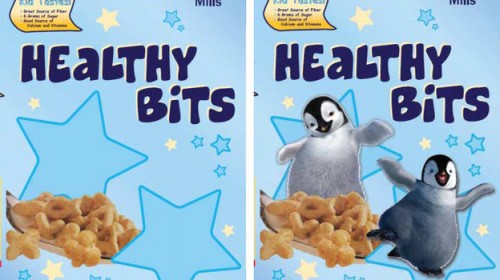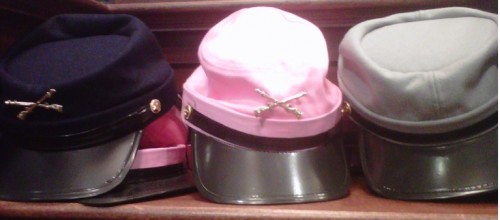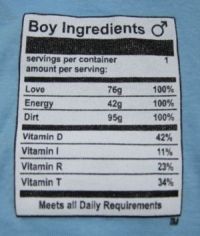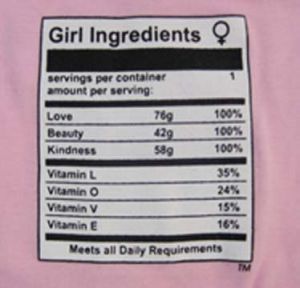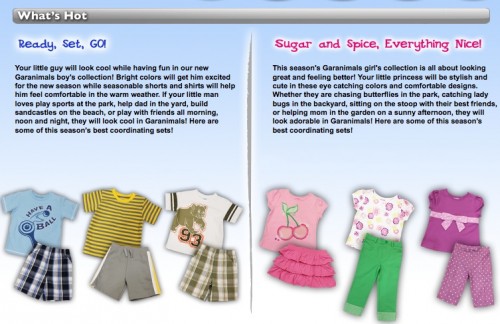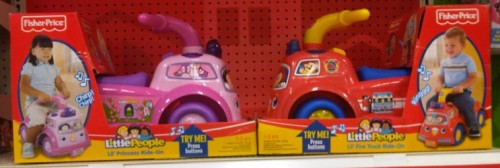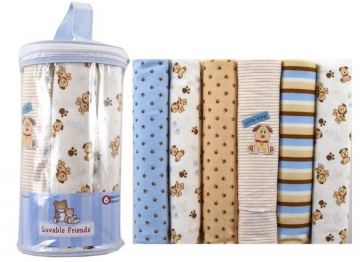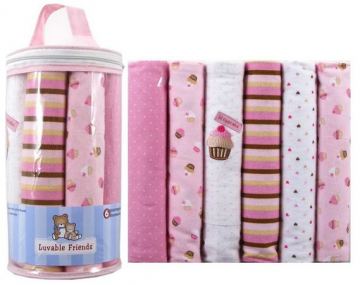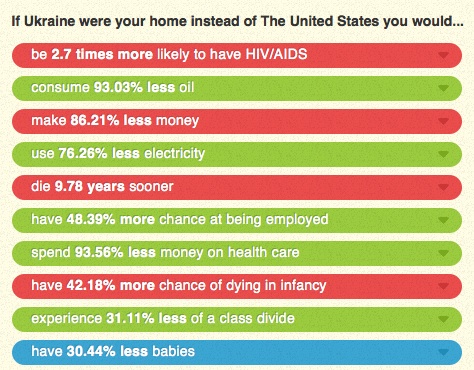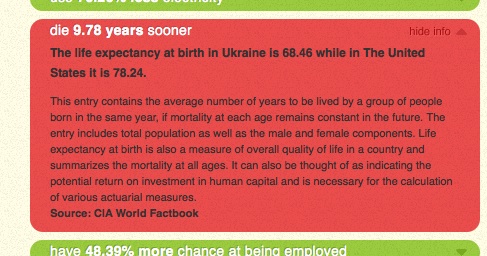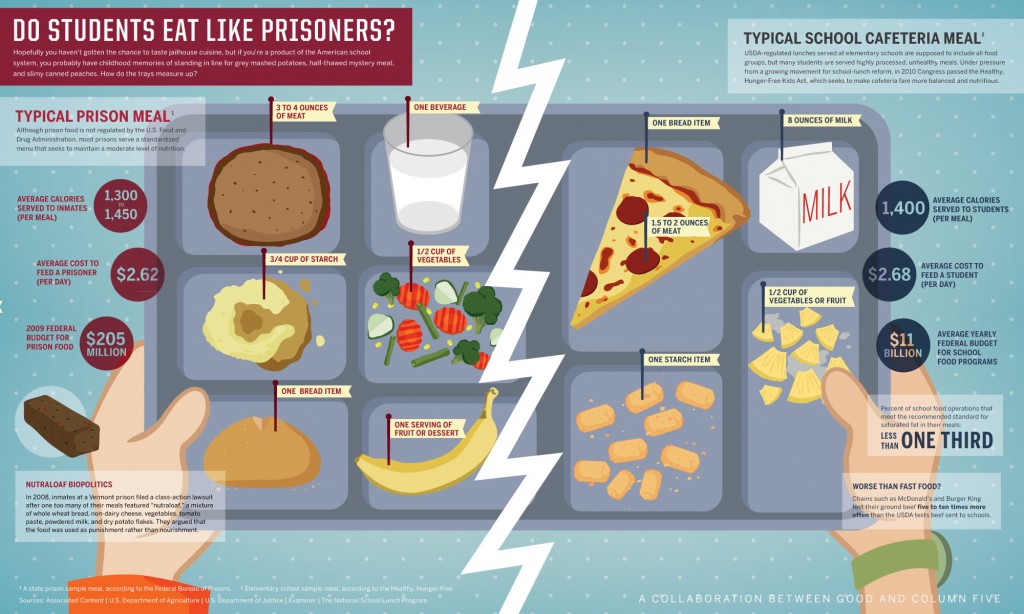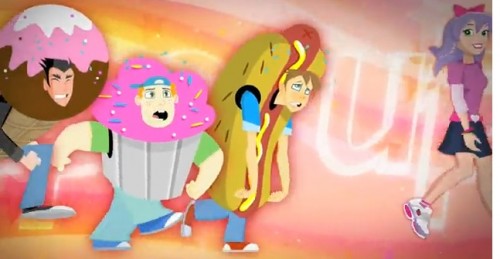A couple of months back, Lisa posted about a push-up bikini top sold by Abercrombie Kids, a store that targets kids ages 7-14. It led to a lively discussion, here and elsewhere, about the sexualization of young girls as well as socialization into beauty standards from a young age; eventually Abercrombie pulled the product from their website.
Leontine G. sent in a link to an image of a dress from the Metropolitan Museum of Art website that puts that debate into some historical context. While you might expect this to be a woman’s formal ball gown, they believe it was actually for a young girl:
From the description (which seems to focus on the U.S. and Europe, though this isn’t specified):
Until the last quarter of the eighteenth century, children were dressed as miniature adults, with girls being put into corseted bodices from about three years of age, graduating to adult dress when they reached twelve or thirteen.
…
When a boy reached four years of age, he was…dressed in a replica of a man’s three-piece suit, consisting of coat, waistcoat, and breeches reaching to the knee…Girls were dressed in the adult style of clothing from about the age of two. They would wear a tight-fitting boned bodice laced at the back, with a long full skirt over a petticoat; at twelve they would change to fashionable dress, with the bodice being replaced by stays (a corset) over which was worn a robe, petticoat, and stomacher.
This portrait of Daniel Crommelin Verplanck, painted by John Singleton Copley in 1771, shows the then 9-year-old boy in adult-style clothing:
Starting in the late 1770s, new, looser clothing styles for children became popular, along with new ideas about childhood innocence and the necessity of separating children from the cares of the adult world. The Met provides a link to the 1796 painting The Sackville Children, by John Hoppner, as an example of the new style:
As the Met’s discussion of the formal child’s dress explains, adult fashions eventually followed the trend in children’s clothing, leading to looser, less constricting clothing with fewer layers.
As Leontine notes, it’s an “interesting reminder that from an historical perspective, our society is the anomaly in *not* dressing children the same way we dress ourselves.”

